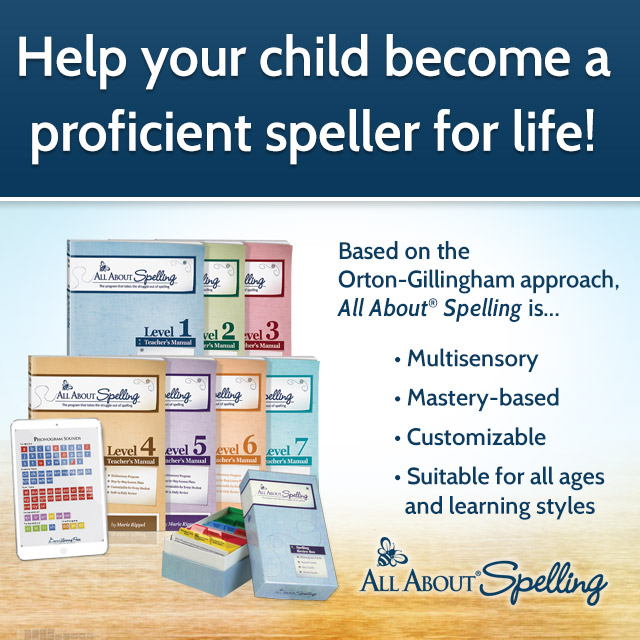
A specific learning disability, dysgraphia, known as written expression disorder, is a common learning disability. It causes unexpected difficulty with spelling and writing skills.
What’s uncommon about dysgraphia is our knowledge of phonological dysgraphia.
Phonological dysgraphia is one subtype of the five types of dysgraphia characterized by challenges related to phonological processing. This is the ability to recognize and manipulate the sounds of language.
In essence, it’s poor spelling of unfamiliar words, nonsense words, and phonetically irregular words. Students may have trouble translating sounds into written symbols, spelling words phonetically, and understanding the relationship between sounds and letters.
With 7 to 15 percent of students impacted by dysgraphia, teachers, parents, and caregivers need to understand what this disorder involves, how it affects learning and daily life, and effective ways to help those dealing with it.
In this blog post, I will talk about phonological dysgraphia, its symptoms, what causes it, and practical ways to help individuals overcome its challenges.
What are the symptoms of phonological dysgraphia?
Identifying phonological dysgraphia can be challenging, as its symptoms may overlap with other learning disorders or difficulties.
For example, I have a student who attends my micro-school who has dyslexia, dysgraphia, and ADHD. Malcom is verbally expressive. However, the same phonology issues that impact his reading impact his writing.

At nearly 12 years old, his written letters lack formation consistency. His spelling is often incorrect, and writing tasks are a struggle for him.
Additionally, I observe social and emotional effects during his writing sessions. This usually lively and social boy becomes quiet and anxious when faced with writing tasks.
Here are some common signs and symptoms to watch out for:
Poor spelling skills: Individuals with Phonological Dysgraphia often struggle with spelling words correctly, particularly those with irregular or inconsistent spelling patterns.
Difficulty with phonetic spelling: They may rely heavily on phonetic spelling strategies, leading to inaccuracies and inconsistencies in written language.
Limited phonemic awareness: Phonemic awareness refers to the ability to identify and manipulate individual sounds in spoken words. Those with Phonological Dysgraphia may have difficulty segmenting words into sounds or blending sounds to form words.
Inconsistent writing skills: Written work may exhibit inconsistencies in spelling, punctuation, and grammar, despite efforts to apply rules and conventions.
Difficulty with decoding: Individuals may have trouble decoding unfamiliar words or breaking them down into phonetic components, impacting their ability to read and write fluently.
Underlying Causes of Phonological Dysgraphia
Phonological Dysgraphia often stems from underlying deficits in phonological processing skills, which can affect various aspects of language and literacy development.
Some possible causes and contributing factors include:
Weak Phonological Awareness
Phonological awareness skills form the foundation for literacy development, allowing individuals to recognize and manipulate the sounds of language.
Weaknesses in phonological awareness can hinder the acquisition of reading and writing skills.
Deficits in Phonological Memory
Phonological memory refers to the ability to temporarily store and manipulate auditory information, such as sounds and syllables, in working memory.
Difficulties with phonological memory can impede the retention and recall of phonetic information during writing tasks.
Inefficient Phonological Processing
Individuals with Phonological Dysgraphia may have difficulty accurately processing and discriminating between phonemes (the smallest units of sound in language).
This leads to errors in spelling and phonetic decoding.
How can I help my child with phonological dysgraphia?
There are various strategies and interventions that educators, parents, and therapists can implement to support individuals affected by this condition. Some effective approaches include:
Explicit phonics instruction: Provide systematic and explicit instruction in phonics, focusing on the relationship between sounds and letters, phonemic awareness activities, and decoding strategies.
Multisensory learning activities: Engage individuals in multisensory learning activities that incorporate visual, auditory, and kinesthetic elements to reinforce phonological concepts and improve memory retention.
Structured literacy interventions: Implement evidence-based structured literacy programs that emphasize the systematic teaching of phonological awareness, phonics, spelling patterns, and decoding skills.
All About Reading is a wonderful program that checks all the boxes in addition to a spelling program that I will share later in this article.
Word study and word building exercises: Offer opportunities for individuals to engage in word study and word building exercises, such as word sorts, word families, and syllable segmentation activities, to enhance phonological awareness and spelling skills.
All About Spelling is the program mentioned earlier. It is a scripted, open-and-go program that teaches spelling in the most effective way possible.
It’s the perfect curriculum for teachers, micro-school founders, and homeschooling parents. It has a seven-level program that provides complete and comprehensive instruction using the Orton-Gillingham approach.

Assistive technology tools: Introduce assistive technology tools and software programs that support phonological processing and spelling, such as speech-to-text software, phonetic spelling checkers, and interactive word prediction programs.
Graphic organizers and visual aids: Use visual aids, graphic organizers, and mnemonic devices to help individuals organize their thoughts, visualize phonological patterns, and reinforce spelling rules and strategies.
Individualized instruction and accommodations: Provide individualized instruction and accommodations tailored to the specific needs and strengths of each individual, such as extended time for writing tasks, word banks, or personalized spelling lists.
Conclusion: Phonological Dysgraphia
Phonological Dysgraphia presents unique challenges for individuals, impacting their ability to translate sounds into written language accurately.
With the right support and accommodations, students can develop the skills to overcome obstacles and succeed in literacy tasks.
By implementing effective strategies, teachers, parents, and caregivers can empower students to reach their full potential in school and life.
0 Comments